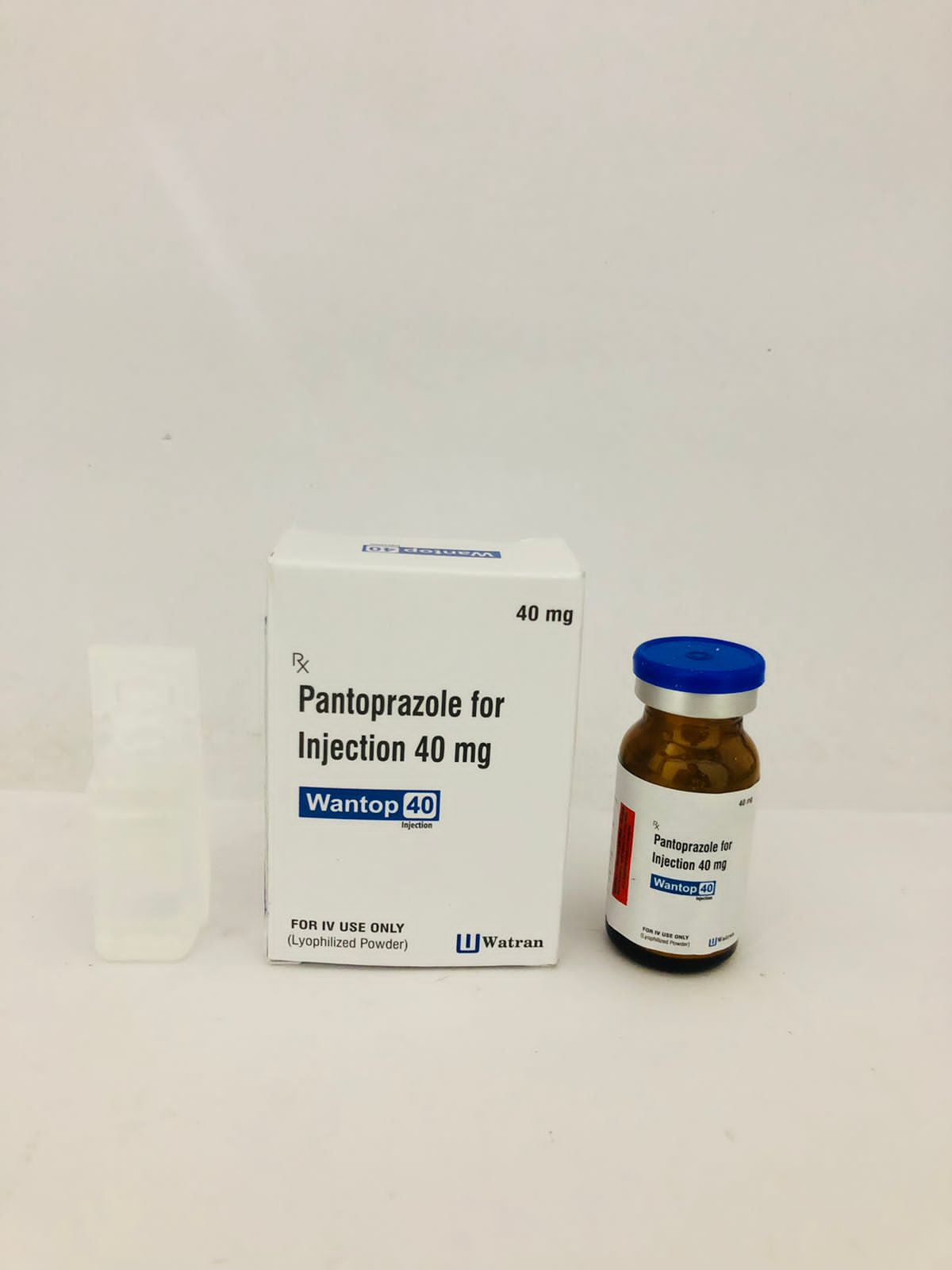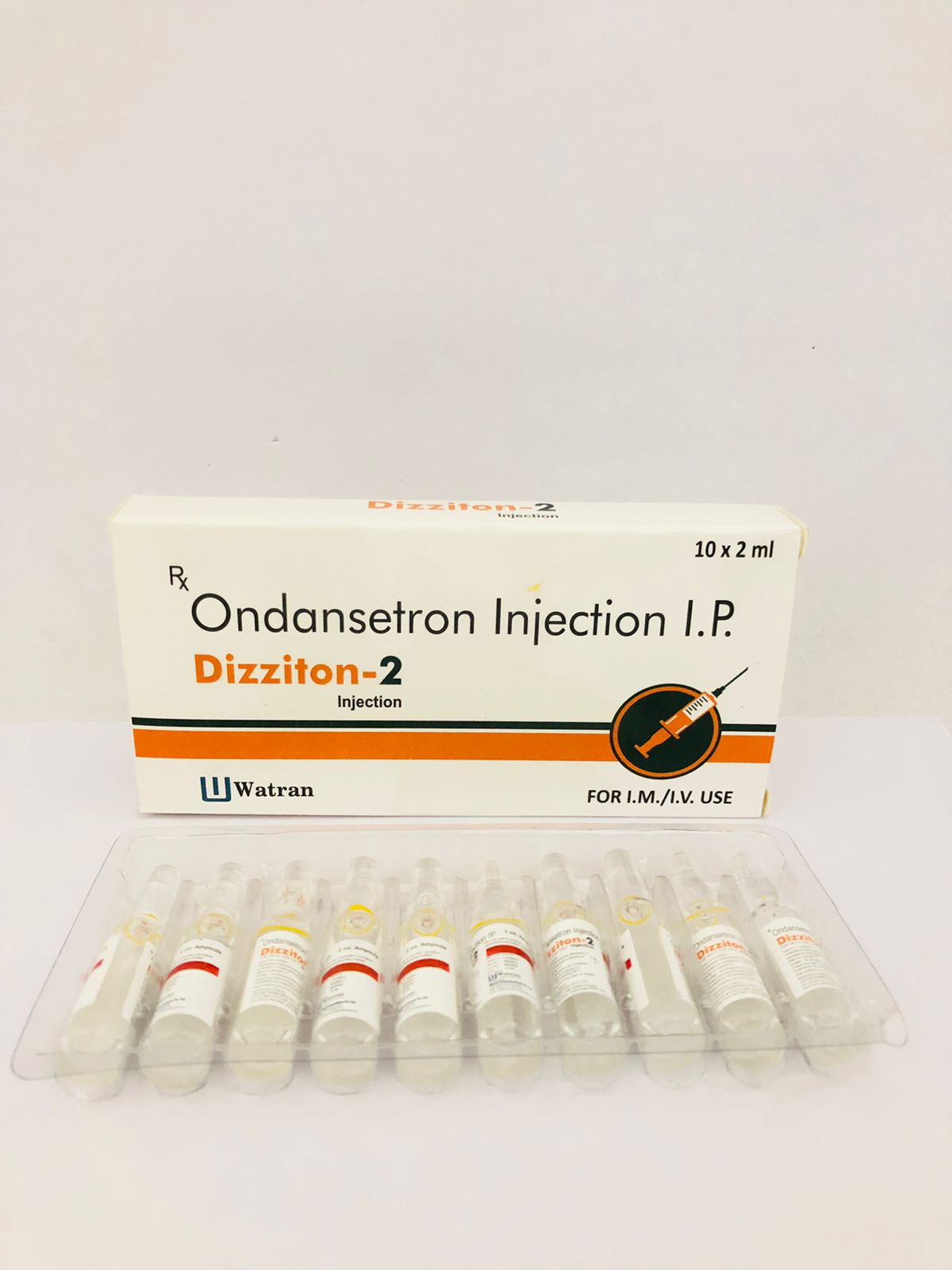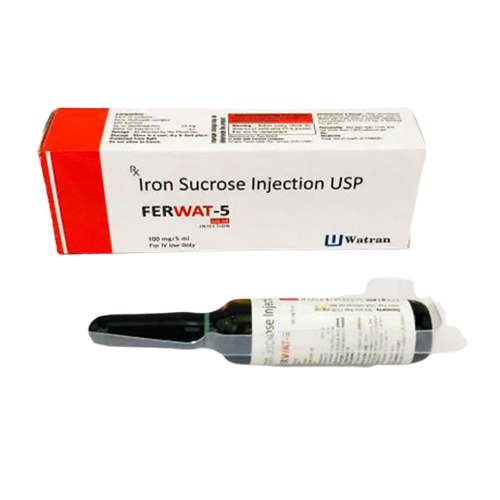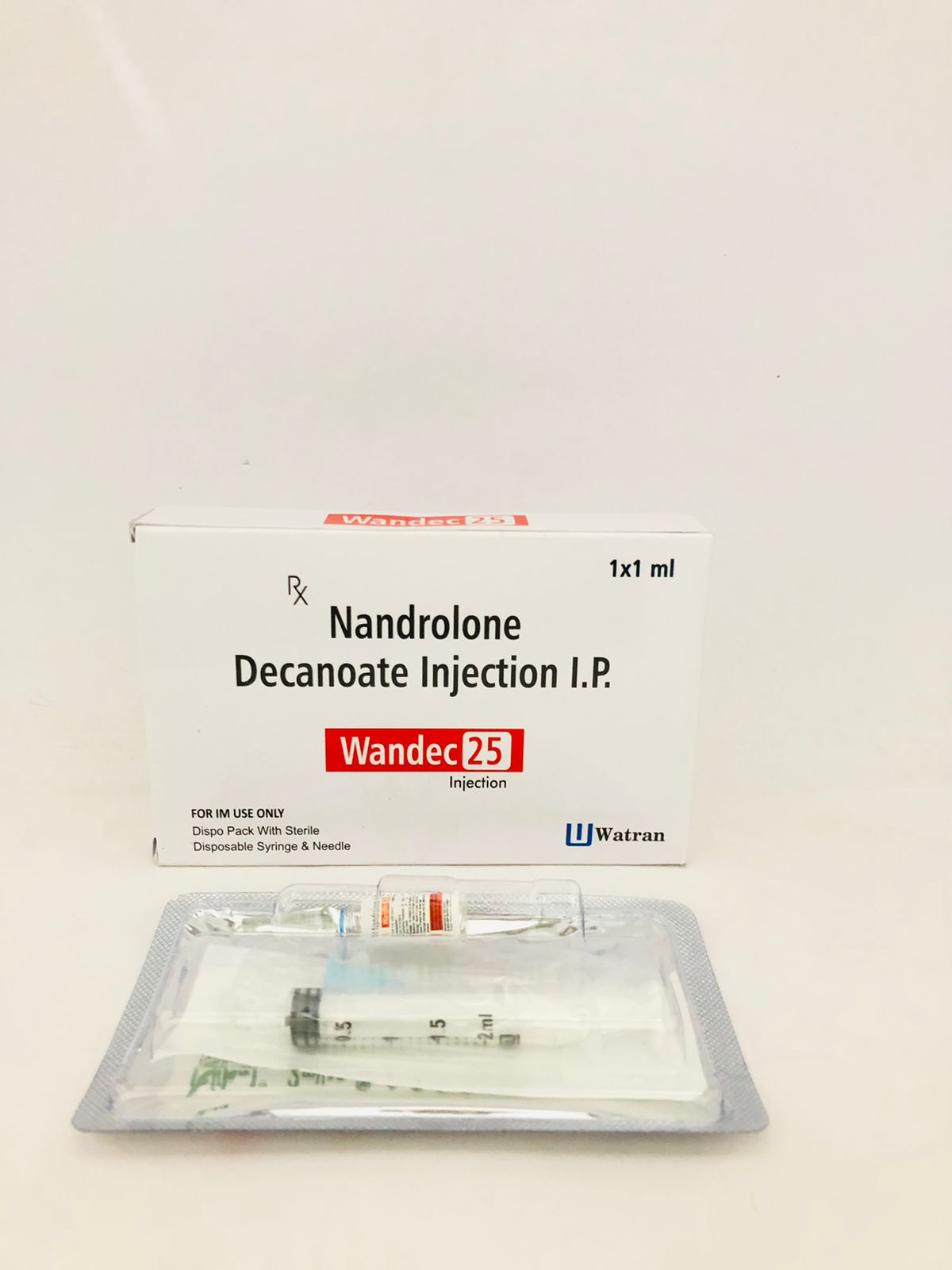Description
Pantoprazole Sodium 40 mg SWFI Injection –
Pantoprazole is the most common drug that is used to treat acid-related indigestion and heartburn that happens due to gastroesophageal reflux disease (GERD). GERD is a disease that occurs when stomach acid starts flowing back into the (esophagus) the food pipe that connects our mouth and stomach. This backward (acid reflux) can irritate the lining of your esophagus. Many people experience acid reflux from time to time. Wantop-40 Injection comes with a SWFI solution which means Sterile Water for Injection, which is used as a diluent to a solution used in intravascular injections. If the right amount of water isn’t present, the drug won’t work properly. that is mixed with a liquid and injected into a vein by a physician or nurse in a health care setting. Pantoprazole treatment for gastroesophageal reflux disease (GERD) is usually given once daily for 7-10 days. For gastric acid reflux disease (acid reflux disease), pantoprazole is typically given every 8-12 hours.
What are the uses of Pantoprazole Sodium?
- Wantop-40 Injection gives relief from a burning sensation in the chest (heartburn)
- It reduces acid in the stomach and prevents Regurgitation (When swallowed food comes into the mouth again) of food or sour liquid.
- Provide ease from Upper abdominal or chest pain.
- Lessens the chances of Trouble swallowing (dysphagia)
- Diminishes the chances of occurring, the sensation of a lump in the throat.
- It is administered as an injection into a vein according to your doctor’s instructions. The dose and duration of treatment depend on your health and how well you respond to treatment.
- Pantoprazole is usually taken once daily in the morning. For those taking pantoprazole twice a day, one dose should be taken in the morning and one in the evening. Ideally, it should be taken one hour before a meal. The tablet should be swallowed whole with a glass of water or juice.
Directions To Use
- Lose excess weight.
- Eat smaller meals.
- Don’t eat 2 to 3 hours before bedtime.
- Raise the head of your bed.
- Don’t eat foods that seem to trigger heartburn — such as fried or fatty foods, chocolate, and peppermint.
- Don’t wear tight clothing around your abdomen.
- Don’t drink alcohol or use tobacco
Precautions
Here is the list of precautions that you must inform your doctor if you are taking pantoprazole.
- if you had breathing problems,
- kidney problems, or
- If you are hypersensitive or have a severe allergic reaction after taking pantoprazole or similar medicines (lansoprazole, omeprazole, Nexium, Prevacid, Prilosec, etc.)
- Discuss with your healthcare specialist if you have low levels of magnesium in blood
- lupus or osteoporosis or low bone mineral density.
Strict Warning
- It is still not figured out whether this medicine will be harmful to an unborn baby or not. So it is better to tell your doctor if you are pregnant or planning to become pregnant
- Also, You should not breastfeed while using this medicine.
- Lastly, Pantoprazole is not approved for kids younger than 5 years old.
Side Effects
Here are some common side effects that might occur while taking this medicine. These symptoms are common enough that it does not even need medical attention. It appears because sometimes are body take time to adjust to the medicine and starts causing some discomfort.
- Headache
- diarrhea
- Redness, Pain, or swelling at the injection site can also occur.
- Nausea and Tiredness
- Vomiting and loss of appetite
Here is the list of Some severe side effects that require immediate medical assistance.
- Blistering, peeling, or bleeding skin sores on the lips, nose, mouth, shortness of breath; fever
- Rash hives and Itching
- Swelling of the eyes, face, lips, mouth, or tongue
- Irregular rate of heartbeat;
- Muscle spasms or uncontrollable shaking of the body
- Extreme tiredness
- Lightheadedness or dizziness
- Seizures
- Severe diarrhea with watery stools
- stomach pain
- High fever
- Abdominal pain or soreness
- blood in your stool
- Increased or decreased urination or blood in urine
- Fatigue, nausea, loss of appetite,






